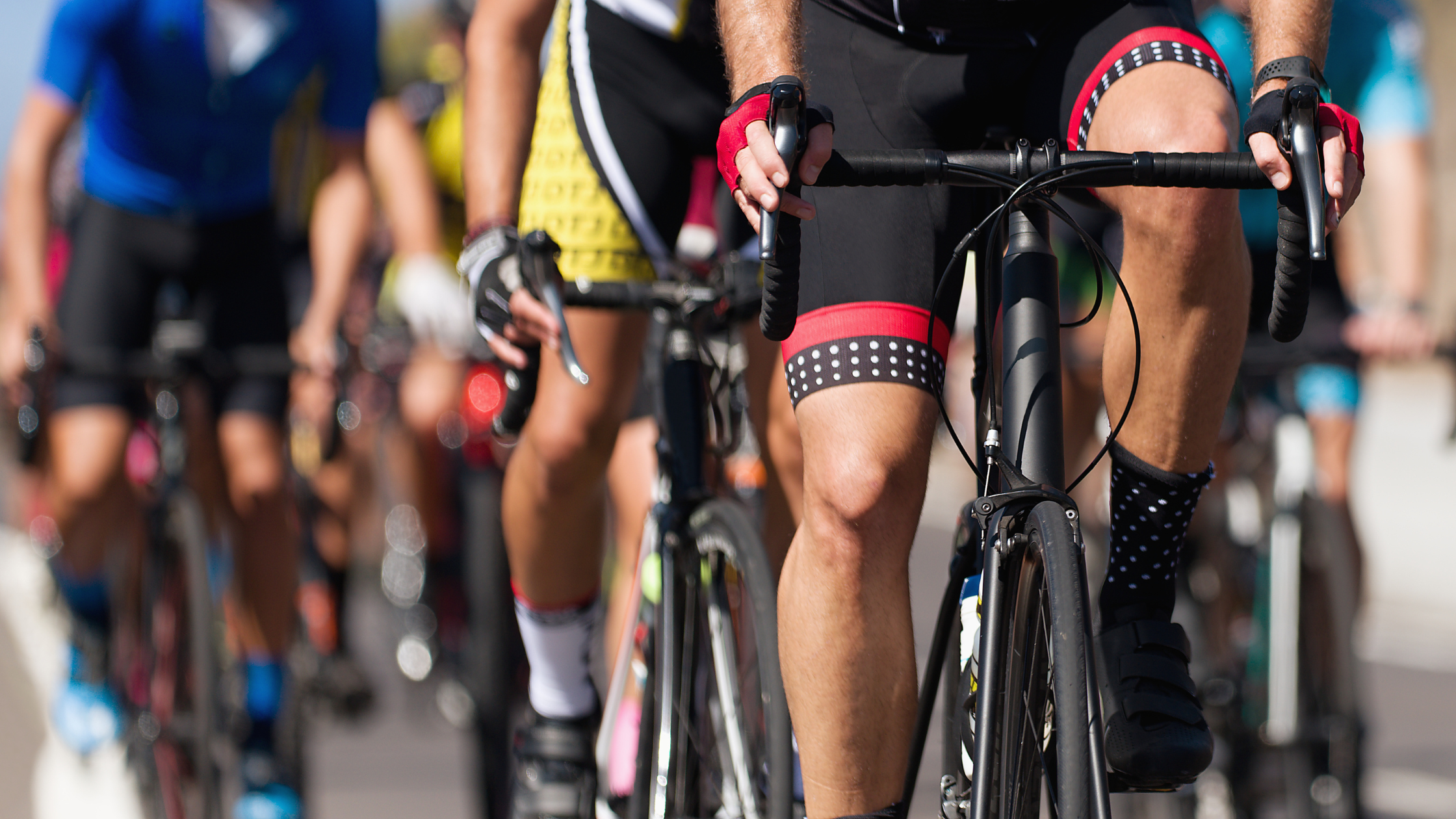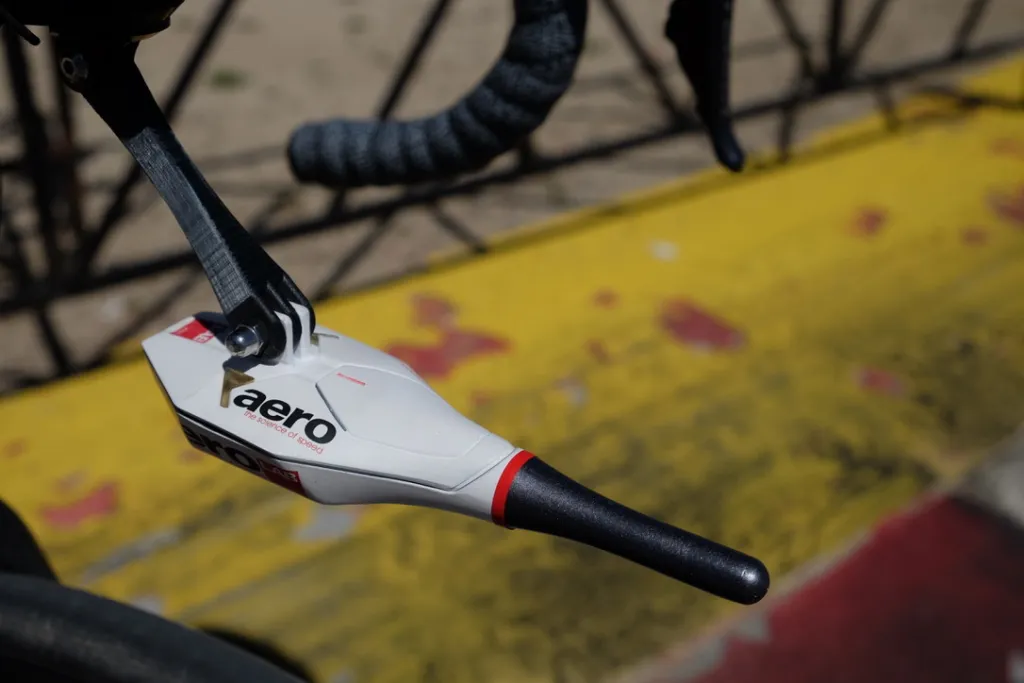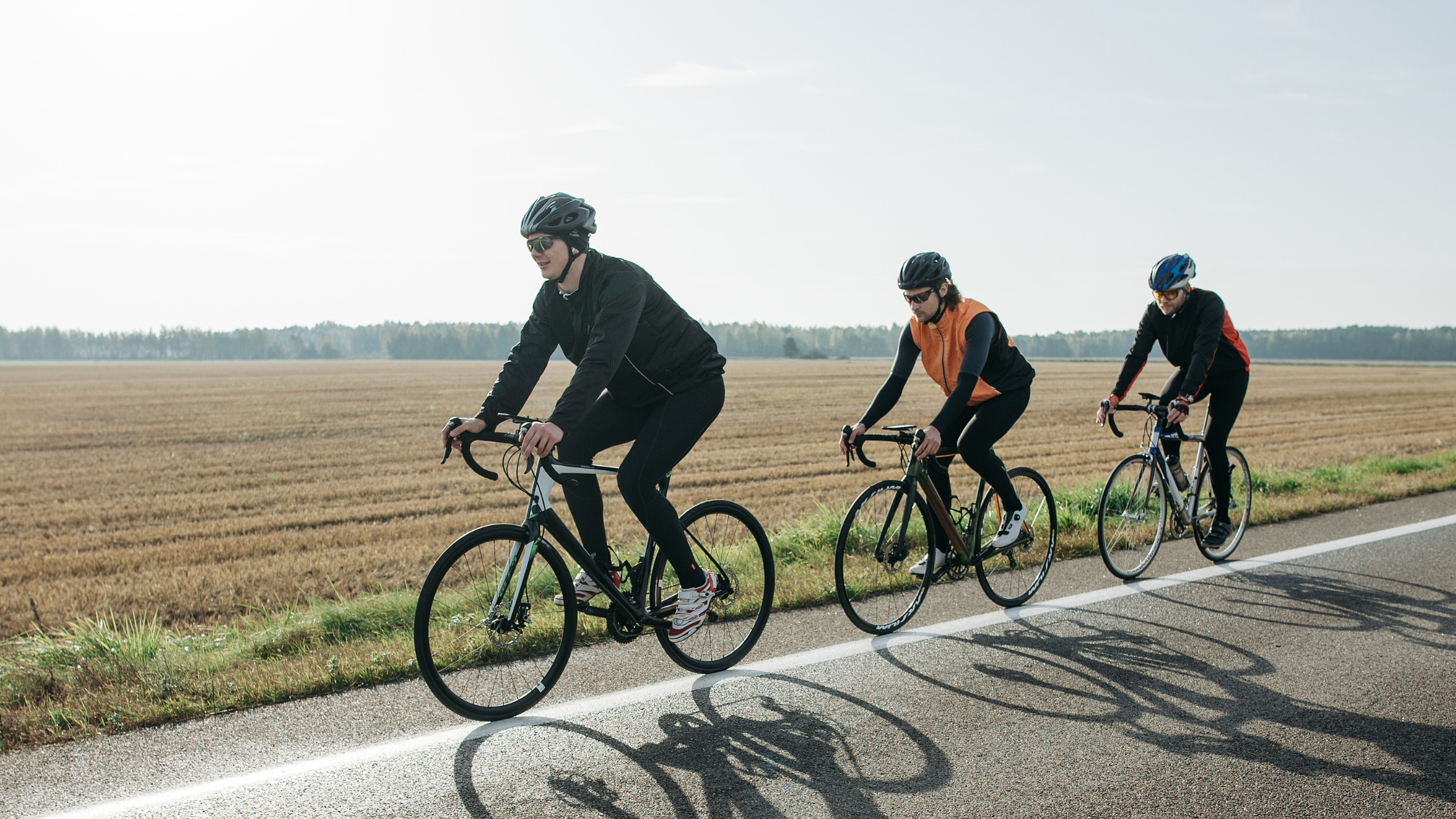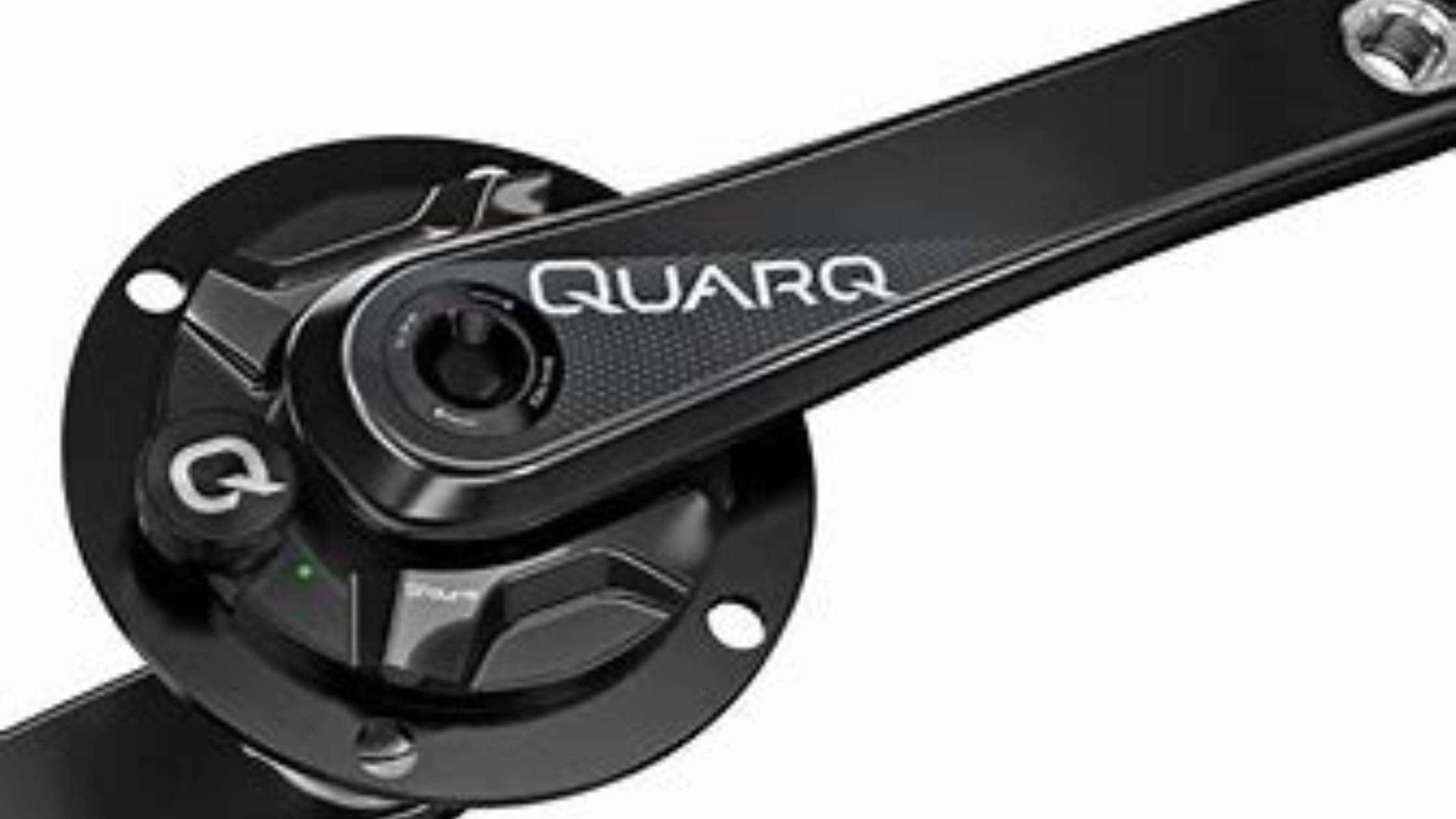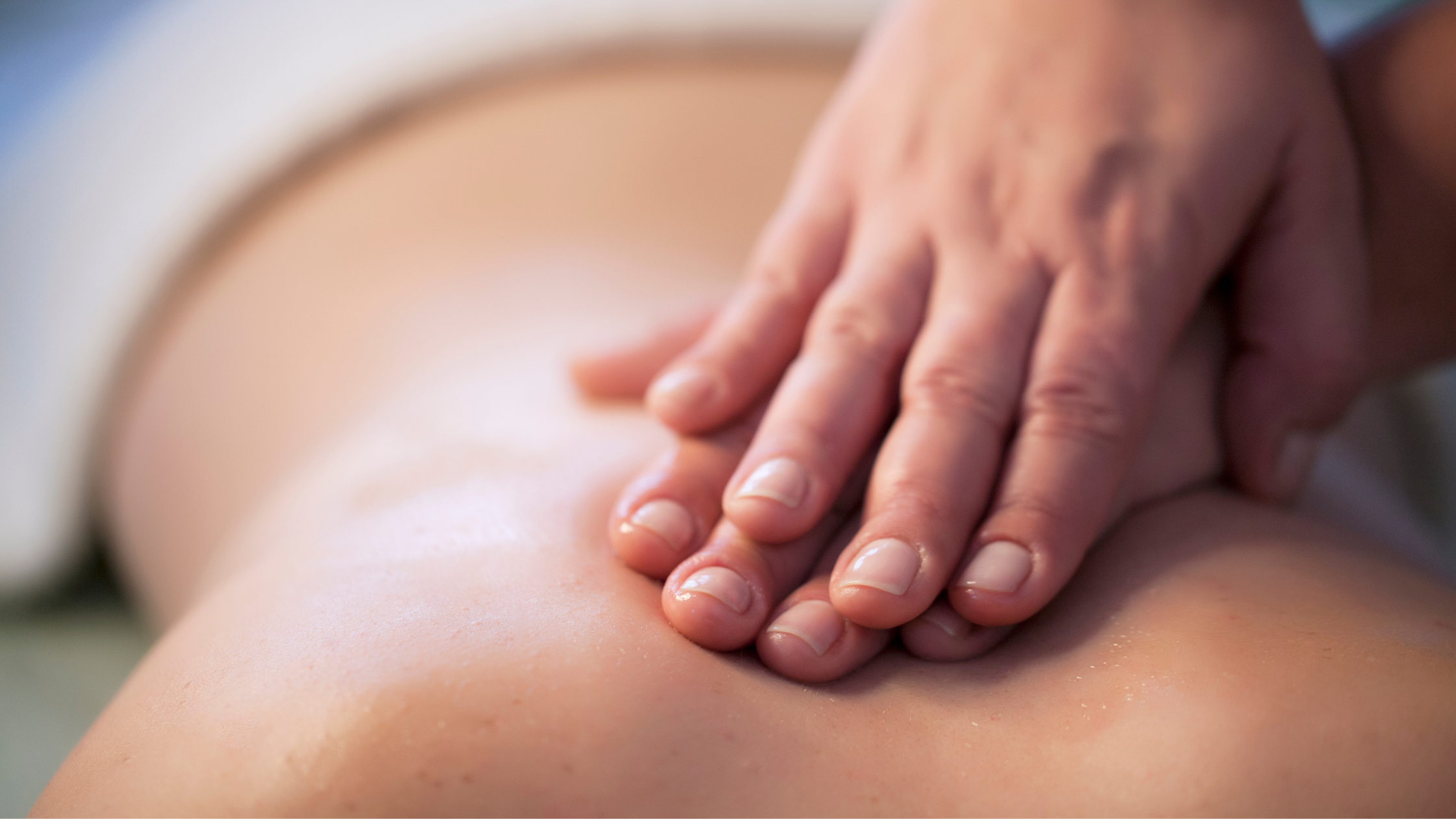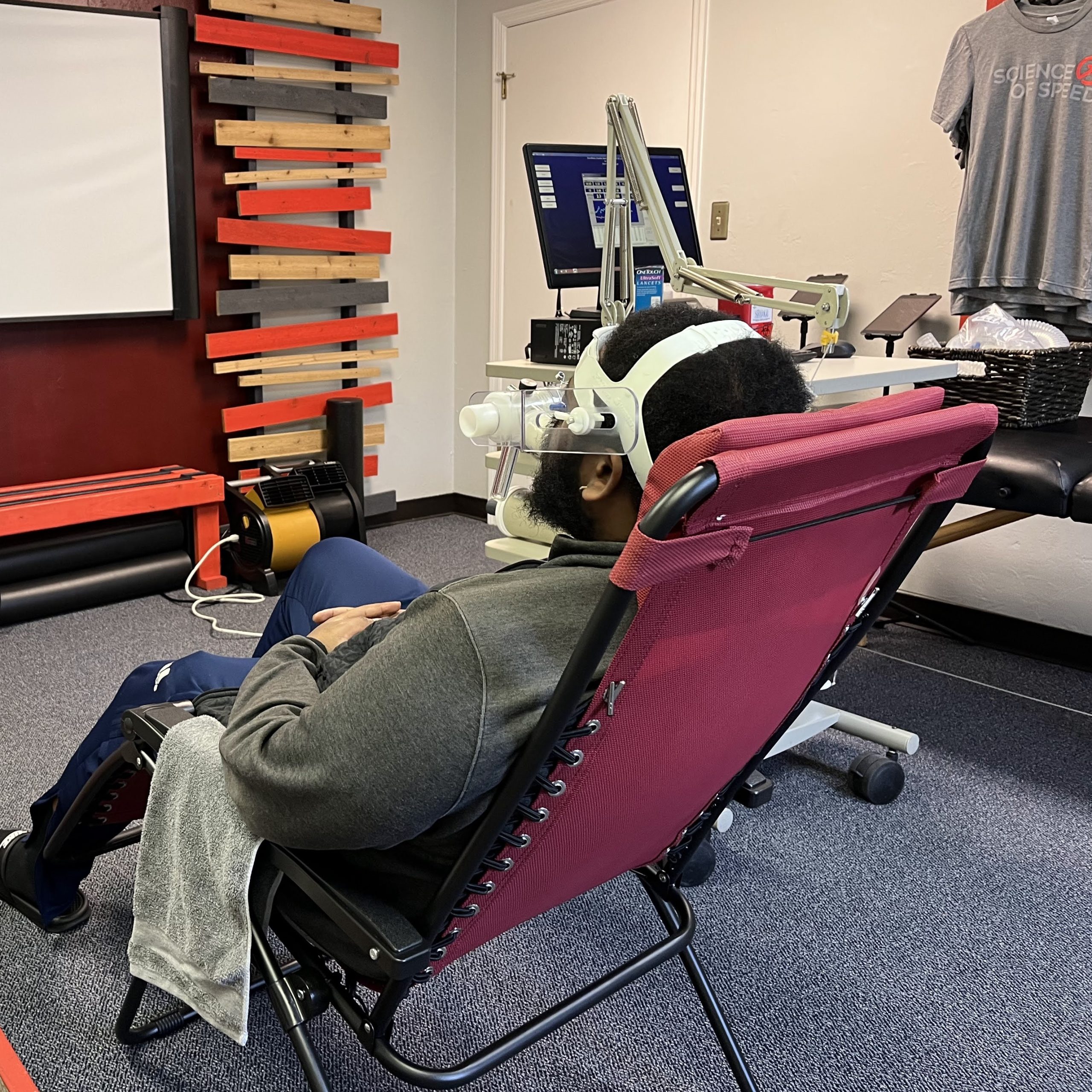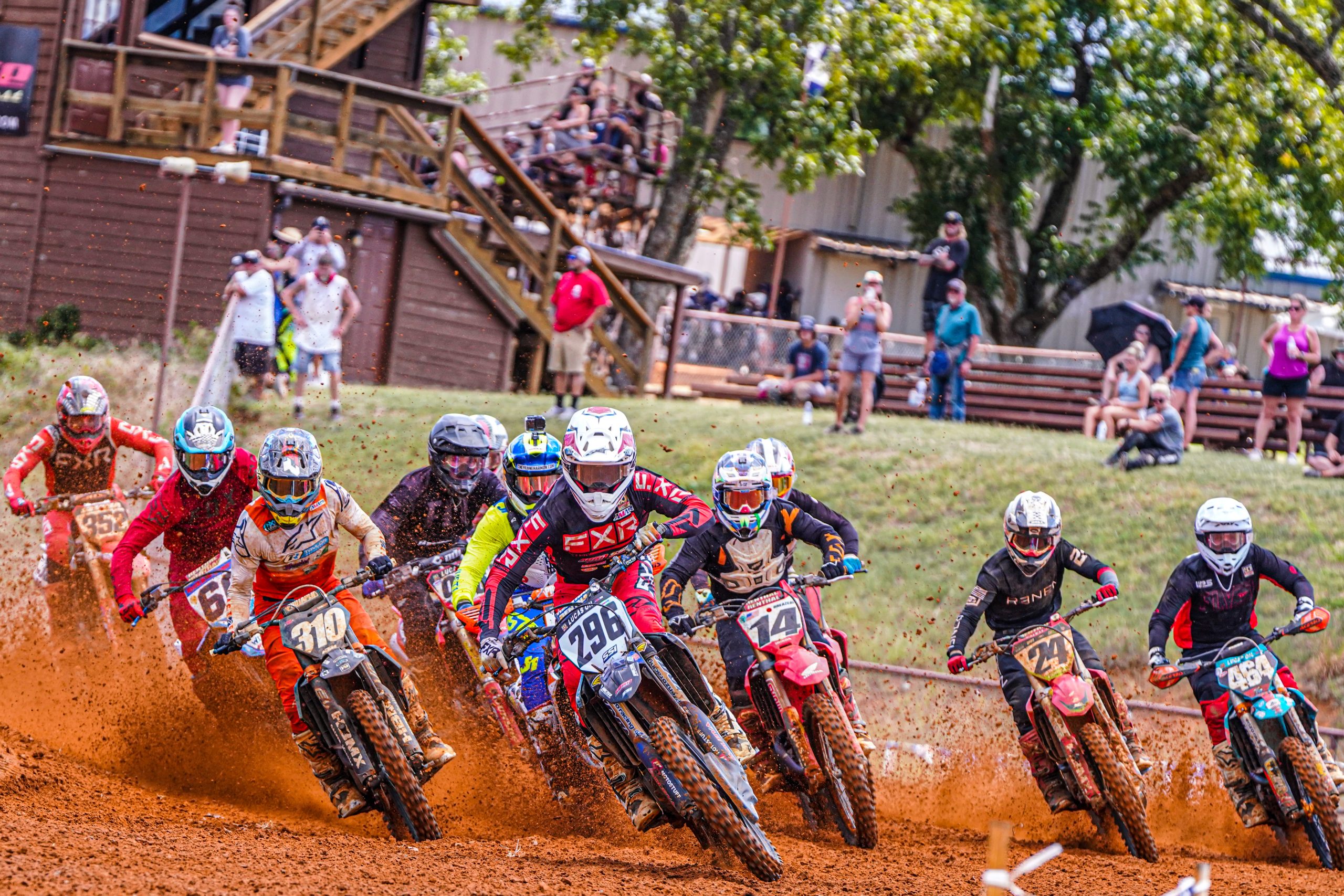No products in the cart.
Nutrition Marketing versus Reality
There are many foods out there that you see the packaging of and chuckle a bit because you know it is so outrageous to be healthy. Take Swedish fish, for example. One of my guilty pleasures promotes on the packaging that it is “fat-free.” Unfortunately, the beloved marketing of the 90s and the generational hatred of fat went so far as to make candy seem a better option. No matter how much I love these little guys, I know they may be fat-free, but that makes them far from healthy for me to add as a consistent part of my daily diet, no matter how much I may want to.
The newest marketing is to push “high protein,” “natural,” and “organic” options. But, much like a magician, the marketing teams for much of the food industry seem to use sleight of hand. This marketing makes us focus on one detail while ignoring what the other hand is doing.
One of the products that first pinged my radar was the Kodiak Cakes pancake mix. I have often heard people say they are making a better choice by eating more protein. So, of course, you are consuming more protein, but when the serving size is equal, you get the following calorie count:
Aunt Jemima Pancake/Waffle | Kodiak Cakes | |
Carbohydrates (grams) | 34.6 | 31 |
Protein (grams) | 4 | 14 |
Total Calories | 174 | 250 |
I point this out because we often search for a more protein-rich option to be more filling. However, if we are not careful, it would mean that we could mistakenly consume 40% more calories by eating the “healthier” option.
So, as you focus on your nutrition, whether for health, weight loss, or simply trying to change your macronutrient percentages, pay attention to the details, not the marketing.


